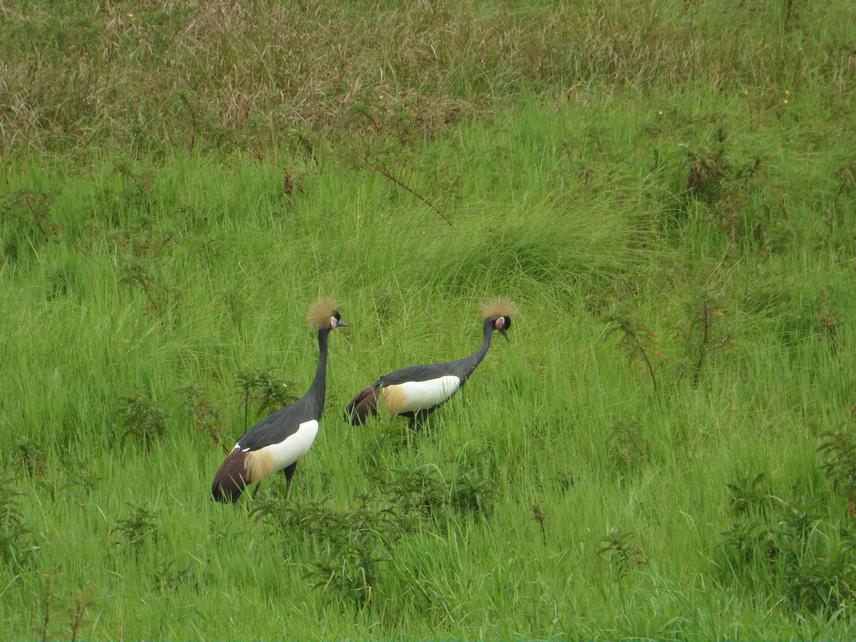Dessalegn Obsi Gemeda
Other projects
4 May 2016
Enhancing the Conservation of the Vulnerable Black Crowned Cranes in Chora Boter District of Jimma Zone. The Case of Ethiopia
8 May 2017
Scaling-Up Public Education and Awareness Creation towards Conservation of Vulnerable Black Crowned cranes in Seka Chekorsa District of Jimma Zone, Ethiopia
27 Jun 2018
Strengthening Public Education on Black Crowned Cranes and its Habitat Conservation in Seka Chekorsa District of Jimma Zone, Ethiopia
his project aimed at studying the current status and threats of Black Crowned Crane, with emphasis on community education to bring last long conservation strategies of the species.

The Black Crowned Crane (Balearica Pavonina) is categorized as a Vulnerable species and decreasing in population. The species is threatened by habitat loss, particularly the rapid conversion of wetlands in to agricultural lands driven by a need for livelihoods and a lack of awareness about the value of healthy, intact wetlands which benefit the biodiversity at large. The Black Crowned Crane is found in Africa, from Senegal and Gambia on the Atlantic coast to the upper Nile River basin in the Sudan and Ethiopia and they use both wet and dry open habitats with preference for short and medium height open grasslands adjacent to wetlands (IUCN, 2014 and Meine and Archibaald, 1996). Black Crowned Crane is observed in Jimma Zone (Nowald & Schröder 2012; George, 2012; and Nowald et al., 2007). Even though, the presence of Black Crowned Crane was recorded in Ethiopia, its current status in Jimma zone is not well documented. According to the eyewitness of the elder people this species was previously abundant and widely distributed than today in Jimma zone.
This study aims at promoting public awareness on black crowned cranes conservation and its habitats specifically, the wetlands. To achieve the desired objective, total count, field observation, focus group discussion, interview, and training will be conducted.
At the end of this project, the current status of Black Crowned Crane in the study area will be assessed, the distribution of Black Crowned Crane in dry and wet season will be investigated, the local community, stakeholders and future generation (students) will enhance their knowledge on conservation of species, Black Crowned Crane and its habitat conservation guideline will be prepared both in English and Afan Oromo (local language) for sustainable conservation of the species and finally, the project findings will be published on the website of Rufford Foundation and communicated through workshop, training, posters and social media.